Origin: Rwanda or Burundi, Great Lakes Region
Ethnic Group: Tutsi
Material: Carved hardwood with copper inlays
Dimensions: 17.5 x 21 cm diameter, 12 cm thick
Provenance: Rob Vervoort – Alain Guisson
Mounted on custom metal stand
This exceptional Tutsi archer’s bracelet from the Great Lakes region of East Africa is a rare and sculpturally compelling example of traditional Tutsi craftsmanship. Worn on the forearm by skilled archers, this type of bracelet functioned both as a protective device during archery and as a status symbol, marking the wearer’s elevated rank within society.
Carved from a single block of dense hardwood, the piece has acquired a deep, warm patina from age and use. Its bold, circular form is defined by a deep central opening and a vertical slit, allowing it to be securely worn while maintaining its sculptural unity. The tactile surface is finely worked with dense textural markings and features intricate radial sunburst carvings on both ends, a hallmark of high-ranking ceremonial pieces.
A distinguishing feature of this bracelet is its copper inlays—square or rectangular patches meticulously embedded into the wood and surrounded by small hand-driven metal tacks. These inlays, with their soft metallic sheen and subtle oxidation, not only reinforce and stabilize the structure but also contribute a visual rhythm and contrast to the otherwise earthy materiality of the wood. The inlay work suggests both utilitarian repair and artistic intention.
Further decorative detail is provided by rows of punched dot motifs, which accentuate the contours of the piece and create a sense of dynamic movement across its surface. The attention to pattern, texture, and balance attests to the sophistication of Tutsi aesthetic principles, often aligned with values of symmetry, elegance, and quiet strength.
Cultural ContextUsed historically by archers for forearm protection, these bracelets were also worn as emblems of status and ceremonial identity, especially among the Tutsi elite. Their presence in collections today bridges the realms of ethnography and fine art, admired as much for their cultural importance as for their modernist sculptural qualities.
ConditionVery good condition for its age. The wood shows signs of wear and use, including surface abrasions, minor fissures, and old perforations, consistent with genuine field use. Copper inlays are securely affixed, showing attractive aged oxidation. Custom museum-grade metal stand included for elegant and secure display.


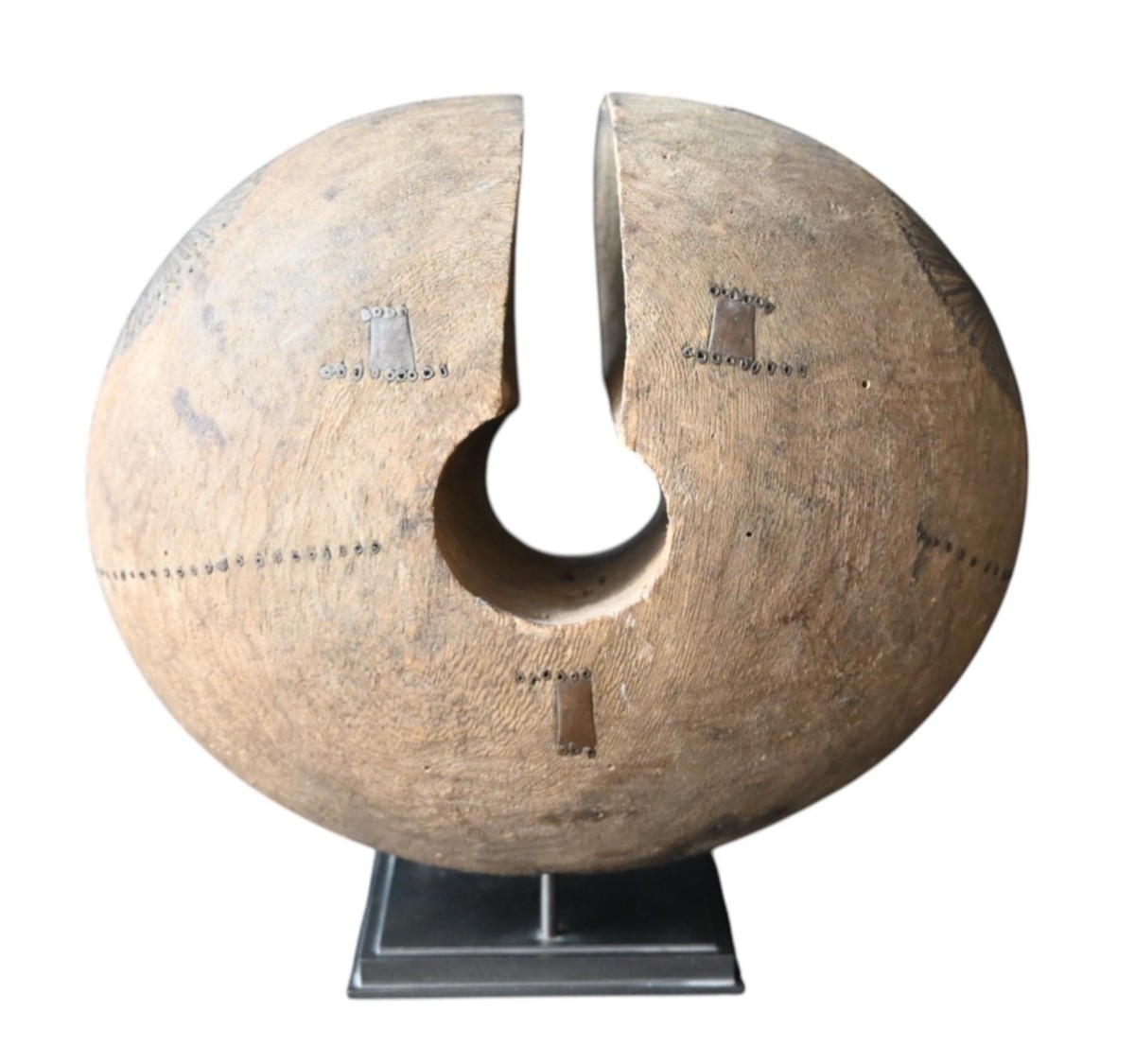
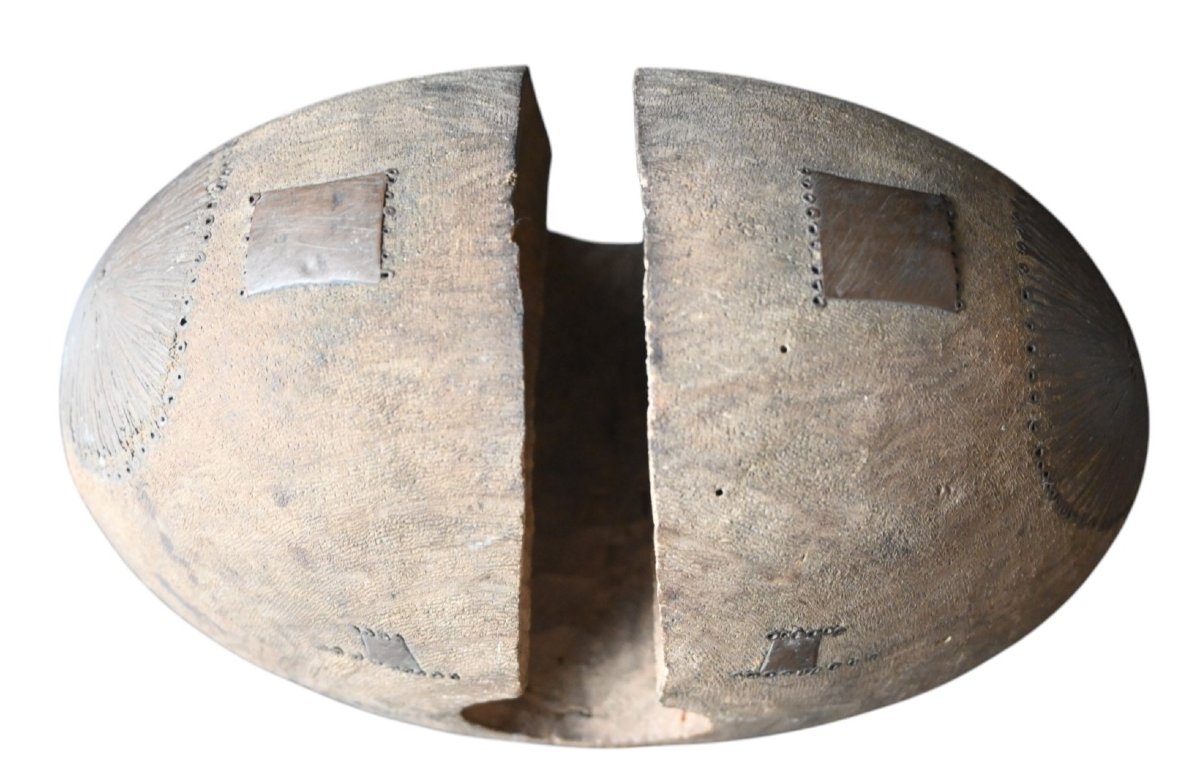
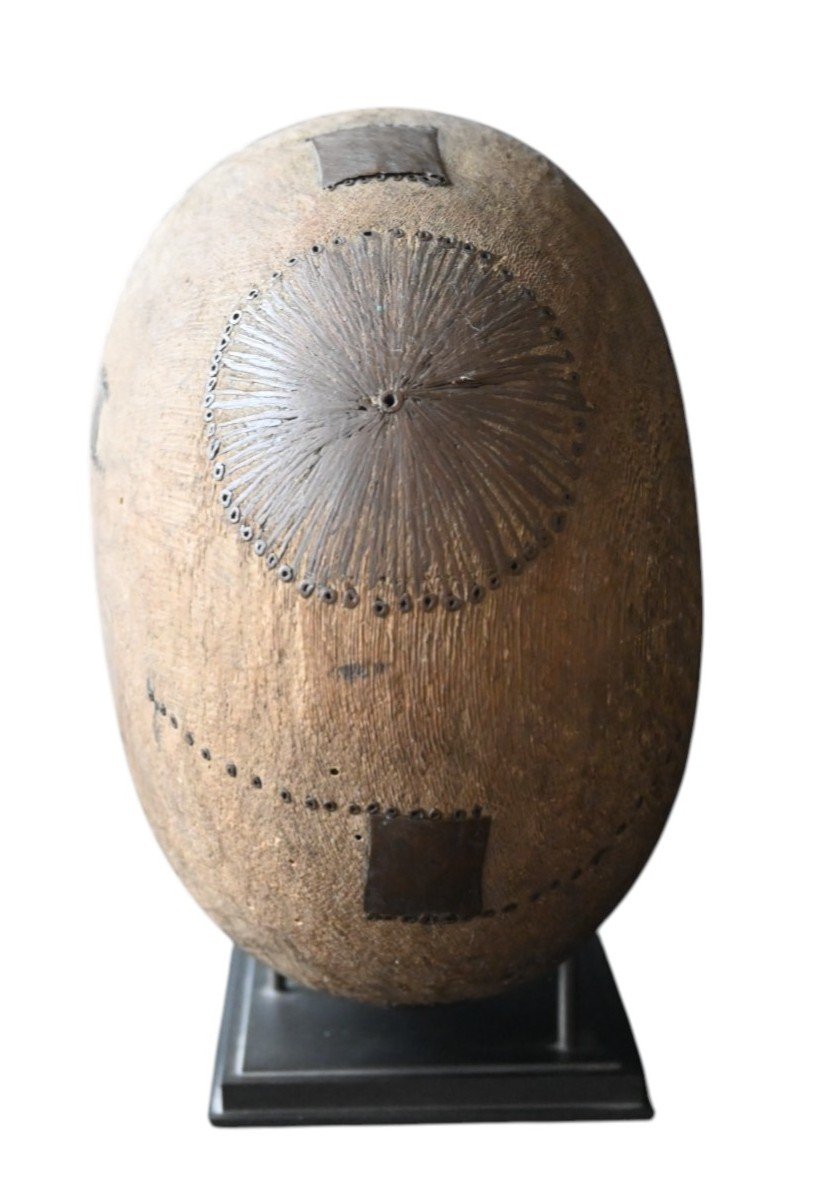


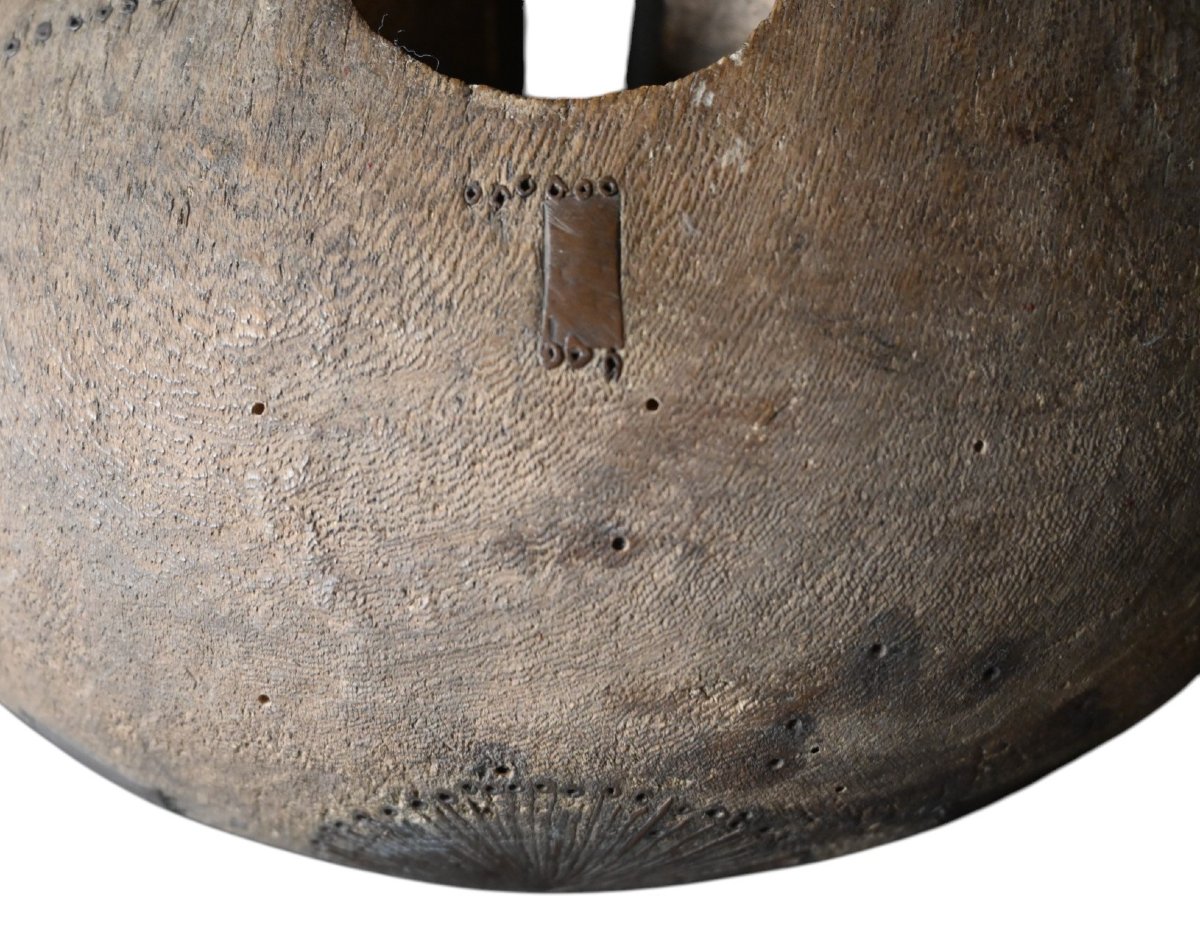
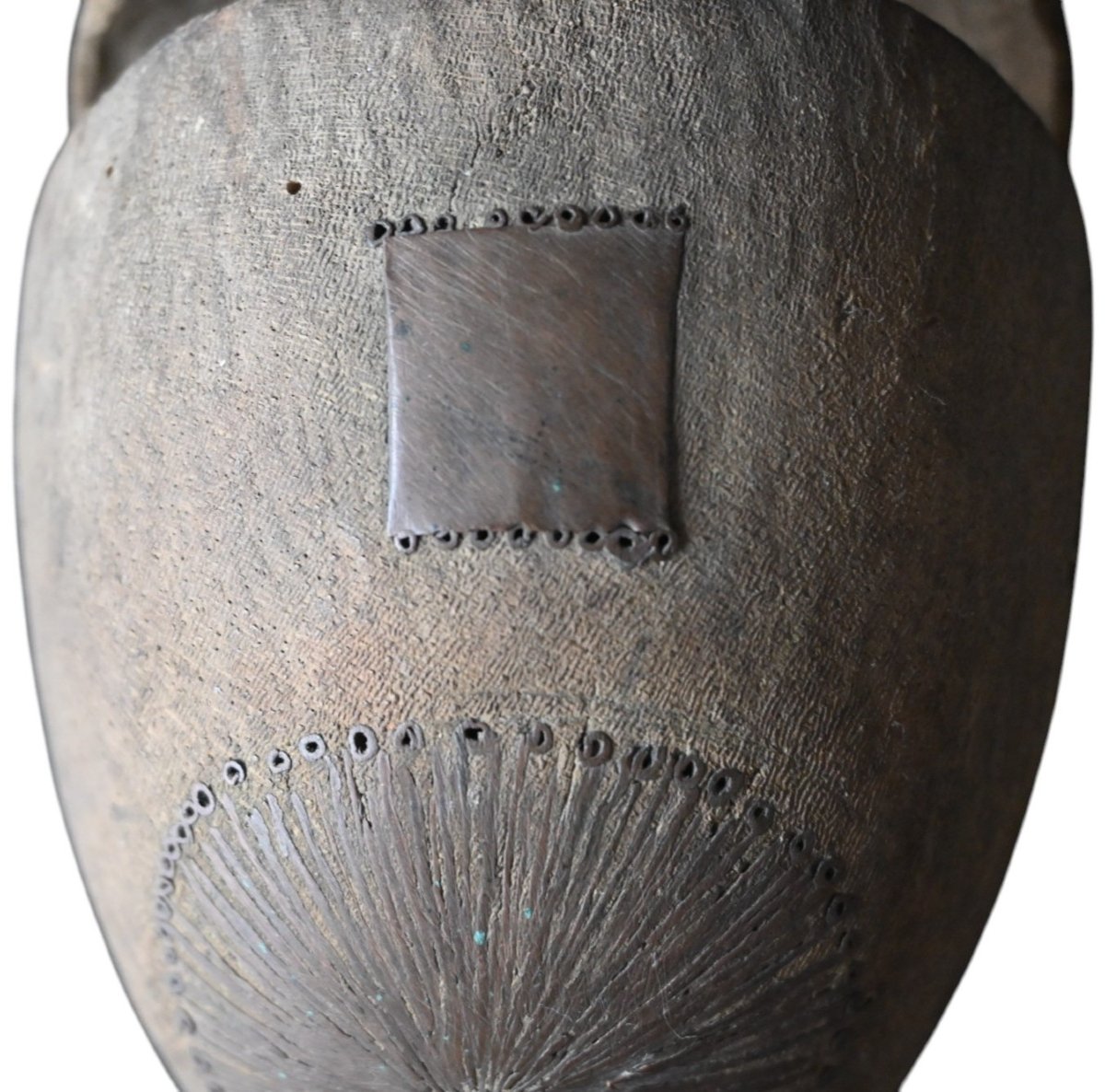
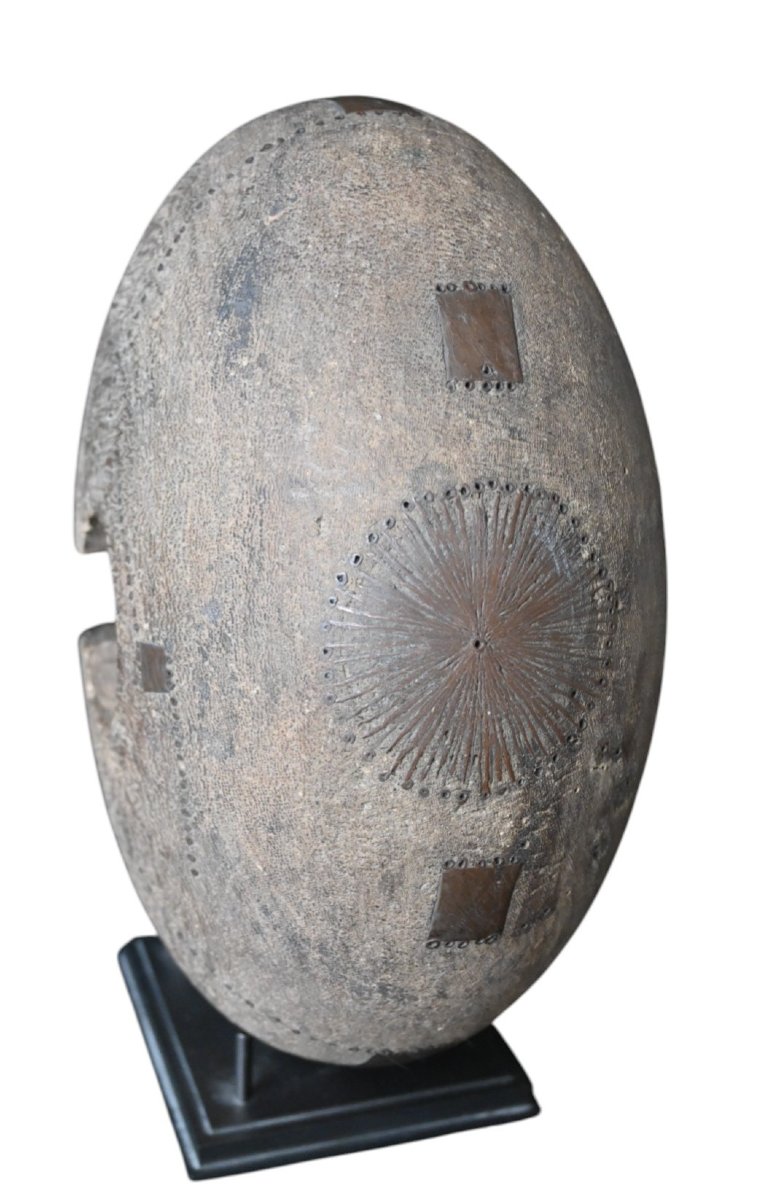





















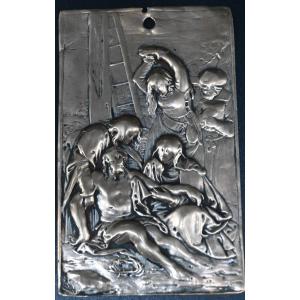
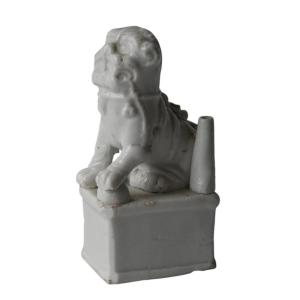
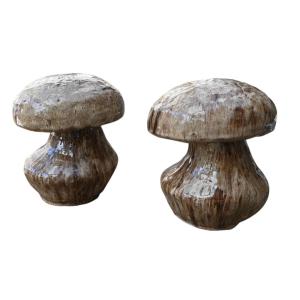








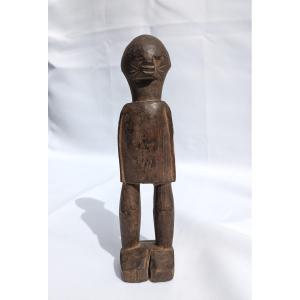



 Le Magazine de PROANTIC
Le Magazine de PROANTIC TRÉSORS Magazine
TRÉSORS Magazine Rivista Artiquariato
Rivista Artiquariato